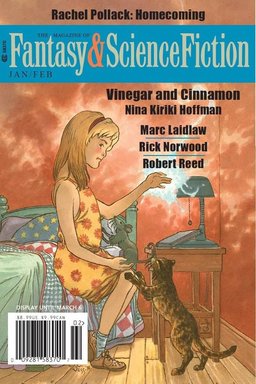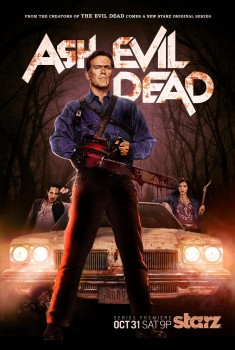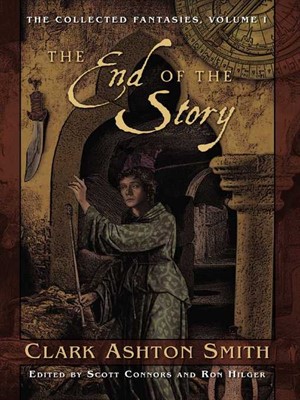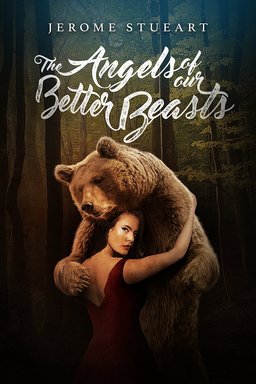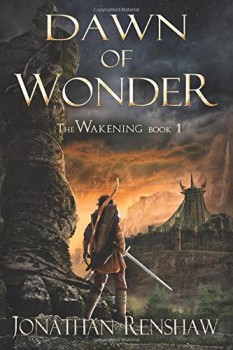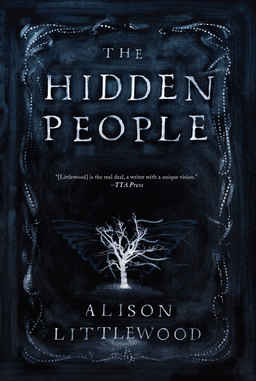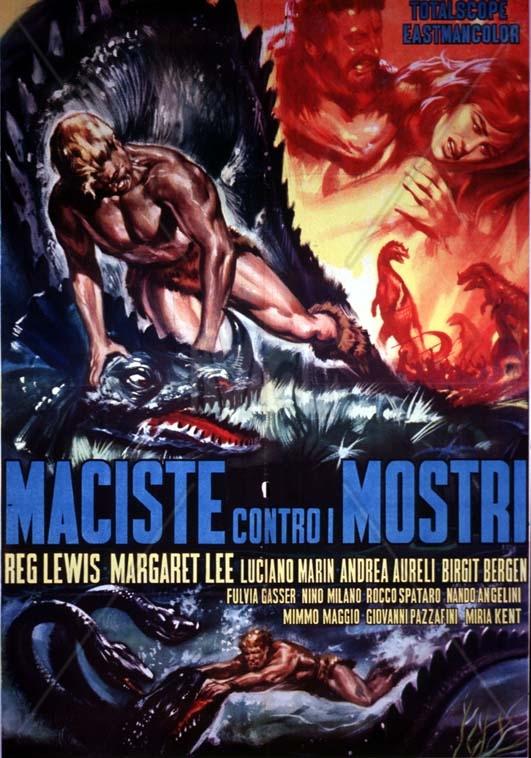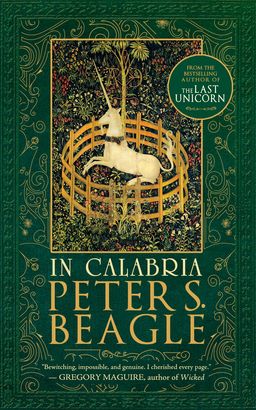Kong: Forget Jurassic Park; Book Your Next Family Vacation to Skull Island!
 Okay, I loaded the family up in the van today and we went to see the big ape, the Eighth Wonder of the World tearing it up at the box office.
Okay, I loaded the family up in the van today and we went to see the big ape, the Eighth Wonder of the World tearing it up at the box office.
It delivered pretty much what we all wanted and expected, from the youngest son on up to the oldest boy in the family (that would be me, the boy pushing 45). That is to say, there isn’t going to be any “Oscar buzz” around it (like there is with Logan), but big-budget popcorn B-movies don’t get much better.
A lot of people were excited to see Tom Hiddleston in this movie, and then disappointed to see his performance wasn’t much like Loki: he’s the fairly bland leading man, but he executes the role fine. Likewise for Brie Larson, the anti-war photojournalist who tags along on a hunch that there’s more going on in this expedition to an uncharted island than some mundane mapping (boy is her hunch right!). Samuel L. Jackson and John Goodman have more memorable parts, but those, too, are pretty one-dimensional types. The real stand-out, as you’ve probably heard, is John C. Reilly as the WWII fighter pilot who has been stranded on the island for 28 years.
Enough said about the human cast, because, really, they’re all just bit parts to the Main Attraction: Let the Kaiju Main Event begin!
Kong: Skull Island is a lean, mean movie that barely hits the two-hour mark. Can you believe this Kong is more than an hour shorter than Peter Jackson’s outing with the Primary Primate back in 2005? It cuts out what some critics considered a meandering, overlong first act in Jackson’s film, getting straight to the action and then not letting up – right up to the closing shot that zooms in on Kong’s pupil as it reflects the towering rock formation in the center of Skull Island. It also does not grind the action to a halt to capture the big ape and haul him off to New York: this is all Skull Island, baby. The Island “where evolution is not finished,” and its many, many weird denizens.
